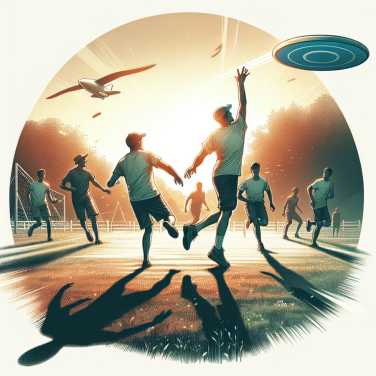Embracing the New Normal: Changes to Expect in Your Golfing Experience
The global pandemic has affected every aspect of life, and golf is no exception. As golf courses reopen, golfers around the world are walking back onto the greens with one question in mind: what will golf look like in the era of COVID-19?
One of the most immediate changes you will notice is the extensive safety precautions. It's not just about maintaining social distancing. Golf courses are implementing rigorous sanitizing routines for golf carts, clubs, balls, and other equipment to ensure everyone's safety. You can also expect frequent temperature checks and health screenings upon arrival. Some golf courses have even gone as far as to install clear plastic barriers in golf carts to protect golfers from potential exposure.
Guidelines regarding the use of golf carts may vary as well. While some golf courses may allow the use of golf carts, others may encourage walking to uphold social distancing guidelines. If golf carts are available, they may be restricted to one golfer at a time, except for members of the same household.
Arranging tee times may look a little different too. To avoid overcrowding, courses may enforce tee time reservations more strictly than before or extend the time intervals between tee-offs. This is to ensure that players on the course can maintain a safe distance from each other at all times.
Despite the changes, some elements of golfing may even benefit from this new normal. The slower pace could turn out to be a hidden blessing, giving players more time to enjoy the great outdoors and each other's company (from a safe distance, of course). Plus, you'll probably never have to worry about the course being too crowded.
On the course, expect less physical contact. Traditional handshakes or high-fives post-round may be replaced with tip-of-the-cap acknowledgments or even the use of funny golf club signals. Scorecards and pencils might become digital to minimize shared contact surfaces. Even the holes may be adjusted to prevent high-touch interaction.
Though with limitations, tournaments and competitions can still go ahead with proper measures. Measures such as online briefings and staggered start times can help maintain safety standards while keeping the spirit of competition alive.
Training programs and golf lessons may also be structured differently. Lessons might be offered individually or in smaller groups, keeping conversations and instructions at a distance. Virtual golf lessons could also become popular, allowing professional golfers to guide you through your swing and fitness training without the need for close contact.
Read also:
Finding the Perfect Fit: How to Determine Which Golf Shaft is Right for You
Safety Measures and Guidelines in Reopened Golf Courses
As golf courses in many regions start reopening amidst the ongoing pandemic, the anticipation amongst golf enthusiasts is high. Yet, it's important to realize that playing golf will not be the same as it was before. Golf facilities are rolling out new safety measures and guidelines to protect their players while adhering to state and occupational safety and health guidelines. Here's what players can now expect.
Physical distancing is in effect, both on and off the course. On courses that are reopening, players may be limited to solo play or a specific number of players per game. The social distancing rule of maintaining six feet between individuals applies everywhere within the facility. Pro shops, clubhouses, and locker rooms may also have a limited capacity to reduce congestion. Flags remain in the hole at all times and are not to be touched.
Health and safety protocols have increased in all aspects of the game. Tee times are spread out more to give players distinct distancing and give staff sufficient time for the necessary sanitization processes. Golfers can expect frequent sanitization of high-touch points including golf carts and other rental equipment. Golfers are also encouraged to bring personal-use items such as clubs, balls, and gloves, and sharing of equipment is discouraged.
In many golf courses, walk-in play is not allowed. Golfers must book their tee times online or over the phone in advance. This is done to control the number of players on the course and to avoid physical interaction at booking stations.
Food and beverage services may be limited. Some golf courses might opt to temporarily close their restaurants and bars. Those who choose to keep them open will adhere to reduced capacity rules, and enhanced cleaning protocols will be in place. Patrons should expect strict physical distancing rules in these areas as well.
In some regions, face coverings may be required at all times except when actually playing. Golfers should check local rules and restrictions before heading to the course. Essential staff members on the ground such as clubhouse staff, course marshals, and maintenance workers, will also be adhering to these safety protocols.
Golfers are required to leave the golf course immediately after play to reduce crowding and unnecessary contact with other players. As much as the camaraderie and celebratory drinks are part and parcel of the game, golfers are encouraged to postpone such gatherings until when it's safe to do so.
The changes aim to balance the need for physical fitness and joy of the game, while ensuring the safety and well-being of golfers.




